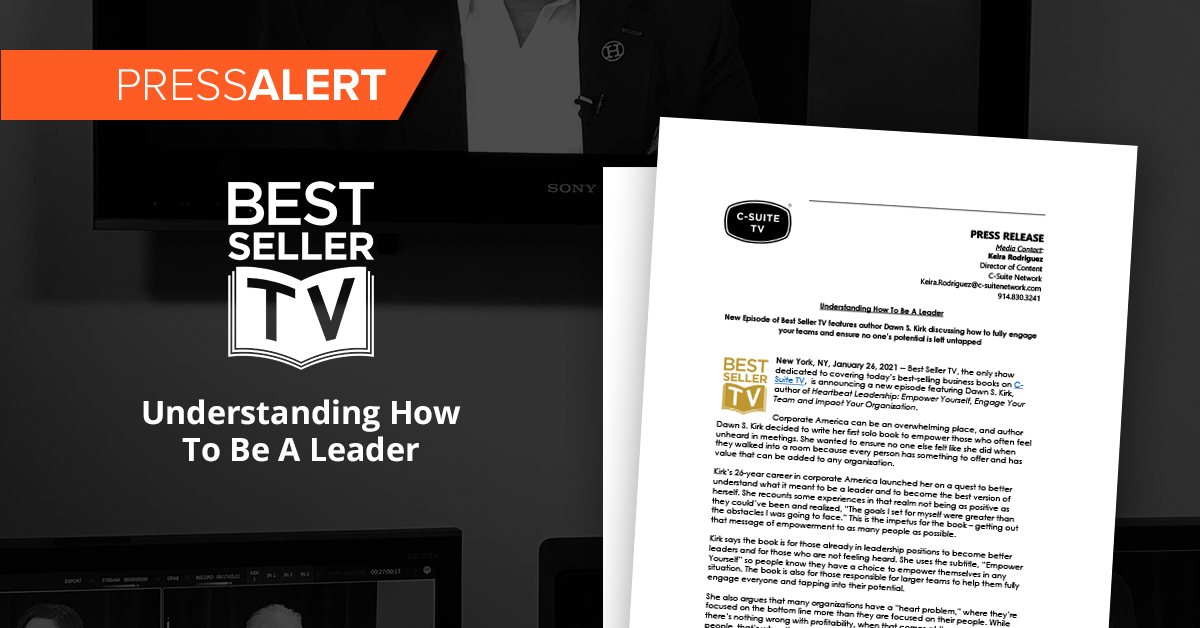
How to Become a Thought Leader
How to Become a Thought Leader https://csuiteold.c-suitenetwork.com/wp-content/uploads/2014/07/don.jpg 640 441 C-Suite Network https://csuiteold.c-suitenetwork.com/wp-content/uploads/2014/07/don.jpgby Mitch Joel – President, Twist Image & author of “Six Pixels of Separation”
You are one if someone reputable says you are one.
That is the short and simple answer to what is a very complex thing to define. If Anderson Cooper describes you as a “marketing thought leader” prior to interviewing you on air, you can run with that title. Personally, I would have never defined myself as “the rock star of digital marketing,” but when Marketing Magazine called me that, I ran with it as well. Harder than defining what, exactly, a thought leader is would be an attempt to explain how to become one. Mashable published a very interesting piece on the topic (which you can read here: How To Become A Thought Leader). It got me thinking about how often we toss that phrase around, how few individuals actually are thought leaders and how easy it is to simply self-anoint oneself as a thought leader.
Who really is a thought leader?
Pushing beyond semantics, a thought leader is someone who is sharing (in text, images, audio and video) their own unique perspective. That would be the “thought” component of the equation. A thought leader is someone whose unique perspective is seen and accredited by both peers or other industry experts as truly being visionary (saying and doing the things that others have yet to do). Leadership isn’t just about being first. Leadership is about how the thinking is ingested and used by the audience.
It’s one thing to be shooting a whole bunch of darts at the board in the hopes that something hits the bull’s-eye, and it’s quite another to be someone who has successfully hit the target — time and time again — over the years, and have that coupled with the actual growth of the industry that the thoughts have served.
Thought leadership is sharing the vision, having the vision being accepted by the industry at large and having that vision become a part of the DNA and how that industry moves forward. People like professor Henry Mintzberg and Don Tapscott are true thought leaders. Their work has changed how we see ourselves and and how we work.
On becoming a thought leader…
More than a decade ago, I read the book, “Become A Recognized Authority In Your Field – In 60 Days Or Less” by Robert Bly. The main crux of the book is this: Publish, do media appearances, speak and more. The more you do these very public acts of publishing and presenting, the more social proof your personal brand will accumulate. The book dives much deeper into developing a core level of expertise in a very niche topic and beyond. It’s a great read, and it’s easy to see why others might confuse a recognized authority (or, for that matter, someone with a lot of followers on Twitter or a popular blogger) with a thought leader. Being recognized as an authority on a specific subject is still a hop, skip and a jump away from being a thought leader.
Malcolm Gladwell was right.
In “Outliers,” Gladwell defines success or expertise as someone who has put in their 10,000 hours.
A thoughts leader’s perfect formula might look something like this: Gladwell’s 10,000 hours + being a truly recognized authority + peer acceptance of thinking + work that has changed the industry it serves x multiple instances = thought leadership.
Thought leadership shouldn’t be a term we toss around like “guru,” “expert” or “ninja.” The litmus test could be as simple as asking this question: Who really is a thought leader in my industry? Before rattling off a list of names, give pause. Is their experience and work (the hands in the game) equal to the published words (a lot of fans and followers)? Are they truly doing and saying things that others have not said before? Do they have the depth of experience that allowed them to do this on multiple occasions?
Thought leaders are an endangered species (or, at least, they should be).
It doesn’t mean that they’re all going to be gone, it just means that the flock is (and probably should be) very lean. We should care, nurture and watch thought leaders very carefully because as we toss that term around we may, in fact, be stripping away those who have this tough-to-be-claimed title in lieu of pumping up our own online egos and bolstering our resumes. My guess is that the real thought leaders don’t use that title to define themselves — and you probably won’t find it in any of their bios. They’re probably too busy doing the hard work instead of figuring out how to best position themselves with a title like “thought leader” because that usually makes the lot of us cringe.
Interested in being a thought leader? Get to work.
*This post originally appeared on TwistImage.com.
 Mitch Joel is President of Twist Image — one of the largest independent digital marketing agencies in North America. His first book, “Six Pixels of Separation,” named after his successful blog and podcast, is a business and marketing bestseller. His latest book, “CTRL ALT Delete,” is out now. You can find him here: www.twistimage.com/blog.
Mitch Joel is President of Twist Image — one of the largest independent digital marketing agencies in North America. His first book, “Six Pixels of Separation,” named after his successful blog and podcast, is a business and marketing bestseller. His latest book, “CTRL ALT Delete,” is out now. You can find him here: www.twistimage.com/blog.






